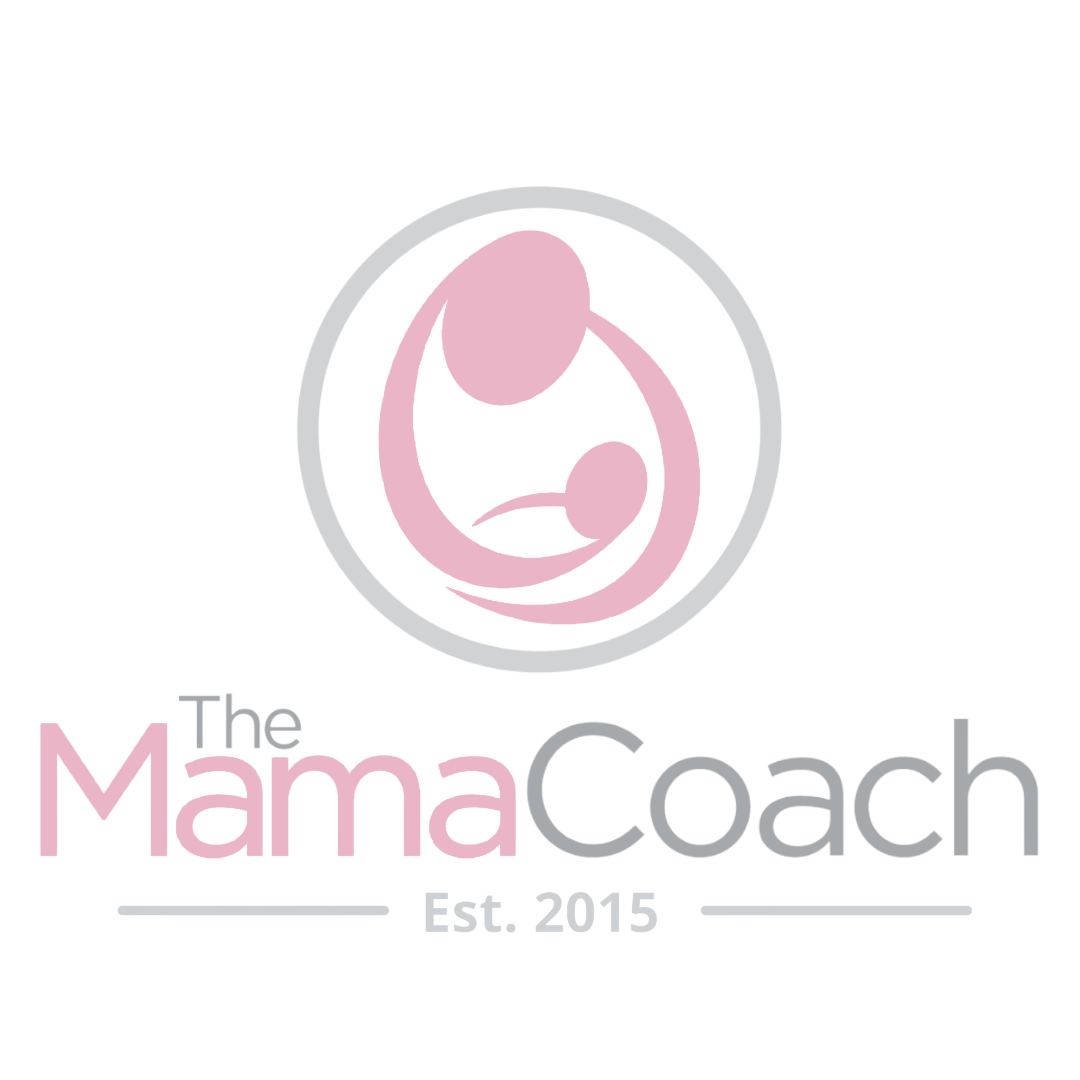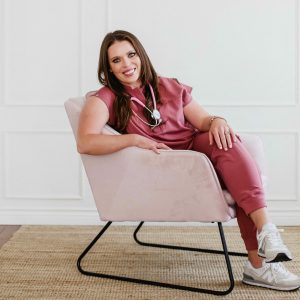Not all babies instinctually pick up on bottle feeding, especially those who are breastfed. As lactation professionals, many people would be surprised to hear that a big part of the job involves teaching about bottle feeding. Breastfeeding parents deserve a break, and if breastfeeding is well established, there is no reason that your baby can’t be fed in alternate ways in addition to the breast if desired by the parents.
So as a little disclaimer, bottles aren’t the only way to feed a baby! You could also feed with a spoon, cup, or syringe feed if you’re hesitant to introduce a bottle. If breastfeeding isn’t well established, and your baby is needing to be fed in any way other than the breast, one of the other methods may be preferred over the use of a bottle.
Which bottle is best?
Parents often spend a fortune finding a bottle that works best for their breastfed baby, and honestly, though their intentions are good, they are looking for the wrong things. There is no one bottle that is most similar to the breast, so don’t fall down those expensive marketing rabbit holes. Babies also need to use their tongues and jaw to work together rhythmically to remove milk from the breast, which is quite different than a bottle.
The shape of the nipple is another important consideration, and there is no easy answer for this given that we are aiming for the latch to LOOK as similar to the bottle, as it looks on the breast. Every breast shape is different, and every baby’s suck is slightly different as well, so there is no one nipple that will work best for every baby. In general, look for a bottle that has a gradual transition from nipple to base. These shapes allow a baby to get a nice flanged-lip seal without slipping down the nipple as the feed progresses. Bottle nipples that look like coat hangers (with an abrupt transition from nipple to base) may cause a baby to have a shallow bottle latch. You’ll also want to find a nipple with a soft and malleable texture, rather than a stiff one.
There isn’t much science to back up the existence of “nipple confusion”, and in fact, some studies suggest the issue may be more about bottle flow preference than nipple preference. As previously mentioned, babies don’t have to work as hard to get milk from the bottle, so why wouldn’t they prefer to work less hard for their meal?!
So what flow nipple is best?
For younger babies (under 6 weeks old), we encourage the use of slow-flow nipples, since breastfeeding is still relatively new, and we need to be cautious of a flow preference. Slow-flow nipples also protect their airways from a gush of milk.
For babies older than 6 weeks, some will prefer a bit faster flow so they don’t get frustrated. This is especially true if the breastfeeding parent has a faster flow. Try to match the bottle nipple flow to your flow at the breast.
Bottle feeding is an art.
How to Bottle Feed a Breastfed Baby:
- Start trying to offer the bottle when your baby is around 3-4 weeks of age, using a slow-flow nipple
- First, offer your baby a short breastfeed so they aren’t “hangry” when trying to learn a new skill
- Hold the baby between a 45 and 90-degree angle on her lap. Baby should be much more upright compared to when being breastfed
- Tickle your baby’s upper lip with the nipple, to stimulate a wide gape
- Once your baby opens their mouth, bring the nipple into their mouth, and encourage a nice deep latch on the bottle, similar to what we’d look for while breastfeeding
- Lips should be flanged out like a fish, and most of the nipple should be in the baby’s mouth
- Hold the bottle parallel to the floor, with just enough tilt to allow milk to fill the tip of the nipple
What If That Isn’t Working?
- Try a different nipple – faster/slower flow
- Feed your baby when they are half asleep – they may be less likely to put up a fight
- Try offering the bottle when your baby is moving – while you’re walking, rocking, or moving in a car seat/stroller
- Try facing your baby away from you, so their back is towards your stomach
- My professional experience has taught me that most babies will learn to take a bottle best from the breastfeeding parent, as there is already a feeding relationship established. However, some babies will hold out for the breast if mom is around, or if they’re not hungry.
- If all else fails, CUP FEED! Babies more than a couple of months old usually take really well to being cup fed. You aren’t wanting to pour milk into their mouth, but instead place a full cup to their lips, allowing them to lap up the milk like a kitten
- If your baby is over 6 months old and refusing the bottle, try teaching them how to use a straw cup
Baby Is Taking A Bottle – Now What?
- Keep the skill up – offer a bottle regularly so they don’t forget
- Remember to pump for every missed breastfeeding session, especially in the early days when your supply remains fragile
- Enjoy yourself! Take a night out guilt free.
Need help getting your baby to take a bottle? Reach out to your closest Mama Coach for support.


